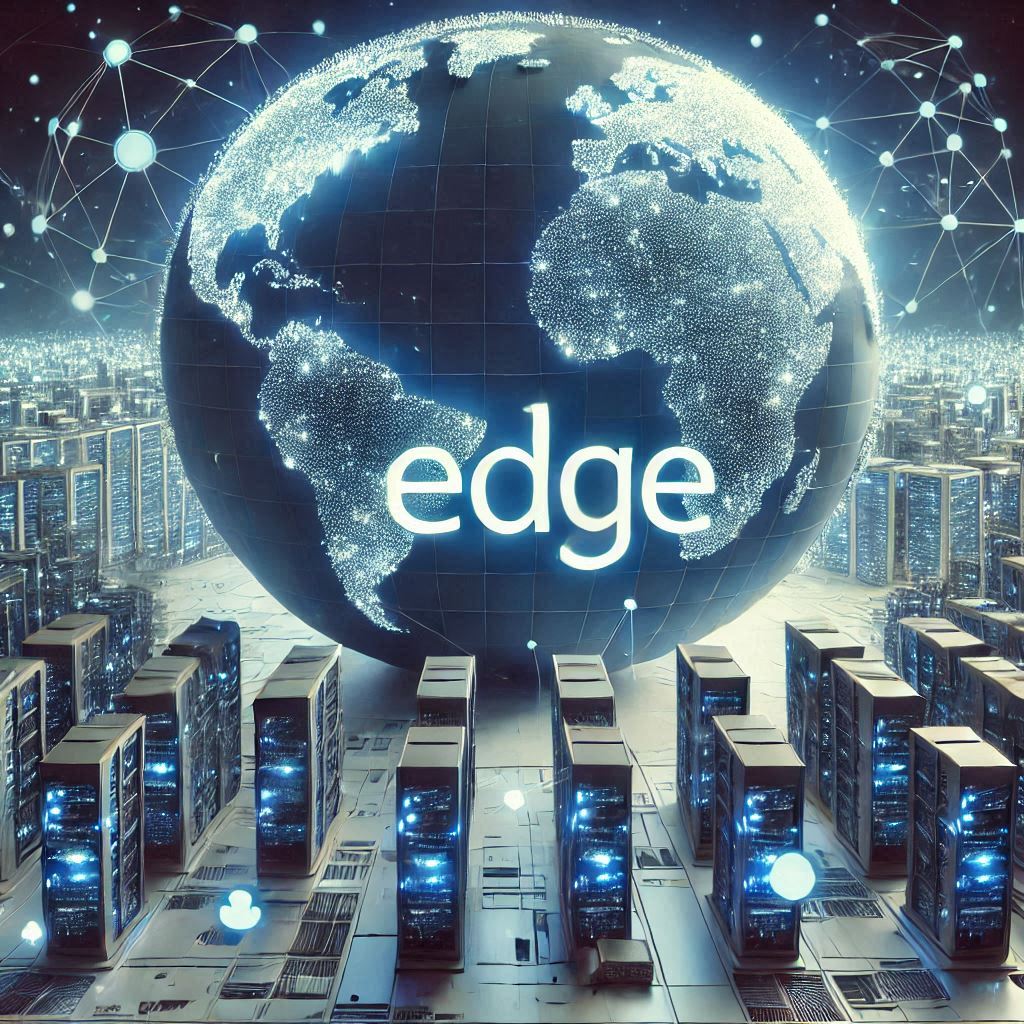
As a beginner in the blogging world, understanding web hosting options can feel overwhelming. One of the latest buzzwords you’ll encounter is edge computing, a game-changer in how websites are hosted and accessed. If you’re researching hosting solutions, this concept is worth exploring as it directly impacts speed, reliability, and even security.
What Is Edge Computing in Simple Terms?
Imagine the early days of the internet, when big, distant servers handled everything for websites. While that system worked back then, today’s fast-paced digital demands have outgrown it. Enter edge computing, which shifts some data processing away from central servers to devices closer to your audience, like local data centers or even specific regions.
For your blog, this means quicker load times for your readers because the data doesn’t have to travel as far. Think of it as swapping a slow bus ride for a high-speed train—your audience gets where they need to go faster and with fewer delays.
Why Speed Matters for Your Blog
For beginner bloggers, user experience is critical. If your site loads slowly, visitors might leave before engaging with your content. Edge computing addresses this by cutting down the time it takes for data to travel, reducing latency (the annoying lag when loading a page). This faster response time can:
- Keep readers on your site longer.
- Improve your search engine ranking (Google rewards fast websites!).
- Enhance the overall browsing experience for your audience.
Let’s say your blog is image-heavy or features video content. Without edge computing, this media could slow your site significantly. Edge technology processes some of that data closer to your readers, ensuring snappy load times and happy visitors.
Enhanced Security and Privacy for Your Blog
For beginner bloggers handling sensitive subscriber data or comments, security might be a growing concern. Edge computing shines here, too. By processing data closer to its source, it reduces the risk of breaches during transmission. Plus, edge systems often help you comply with privacy laws like GDPR, keeping sensitive data within specific regions.
This added layer of protection can boost reader trust—a must for any aspiring blogger.
Choosing a Hosting Provider with Edge Computing
As a beginner, selecting the right hosting provider is a critical step. Many forward-thinking providers, like Cloudflare and AWS, integrate edge computing into their services. Here’s what to look for when evaluating web hosting options:
- Speed Improvements: Does the provider offer edge computing to minimize load times for your audience?
- Scalability: Can the hosting handle sudden traffic spikes, such as when a post goes viral?
- Security Features: Does the host leverage edge computing for better data privacy and threat protection?
- Support: Ensure the provider has accessible customer support, especially as you’re learning the ropes.
How to Get Started
To incorporate edge computing into your blogging journey:
- Research hosting providers with edge capabilities.
- Pinpoint your audience’s location. Knowing where most of your readers are based can help you leverage regional data processing for faster performance.
- Ask about scalability. Even as a beginner, planning for growth ensures your hosting solution won’t hold you back as your blog gains traction.
Why Edge Computing Is a Must for Blogging Beginners
Starting your blog is exciting, but standing out requires smart decisions about your hosting. Edge computing makes your site faster, more secure, and more reliable—all crucial factors for retaining visitors and growing your audience.
By aligning with a hosting provider that prioritizes edge computing, you’re not just solving today’s challenges—you’re preparing your blog for long-term success in a fast-evolving digital landscape.
Top 5 Web Hosting Providers Using Edge Computing
- Cloudflare
Why it’s great for beginners: Cloudflare is a leader in edge computing, offering a global content delivery network (CDN) that ensures fast website performance by processing data closer to your audience. With user-friendly tools and robust security features, it’s perfect for beginner bloggers looking to optimize speed and protect their sites.
- Amazon Web Services (AWS)
Why it’s great for beginners: AWS integrates edge computing through its Amazon CloudFront service, which provides fast content delivery and scalability. Its pay-as-you-go pricing is beginner-friendly, and its comprehensive ecosystem supports growth as your blog evolves.
- Akamai
Why it’s great for beginners: Akamai specializes in advanced edge computing and website acceleration, helping your blog load quickly and reliably even during high-traffic spikes. Their services also emphasize security, making it a trusted choice for blogs handling sensitive data or e-commerce features.
- Google Cloud Platform (GCP)
Why it’s great for beginners: GCP offers edge computing solutions like Google Cloud CDN and Cloud Functions to ensure lightning-fast load times for websites. Its straightforward interface and integration with other Google tools make it an excellent choice for beginners familiar with the Google ecosystem.
- Fastly
Why it’s great for beginners: Fastly is a performance-focused edge computing provider known for its real-time caching and content delivery capabilities. It’s ideal for blogs with dynamic content like images and videos, ensuring a seamless user experience. Their customer support is also highly rated, making it easier for beginners to get started.
Each of these providers brings unique strengths to the table, but all leverage edge computing to deliver faster, more reliable, and more secure web hosting. As a beginner blogger, exploring these options will help you find the best match for your needs and set your blog up for long-term success.
